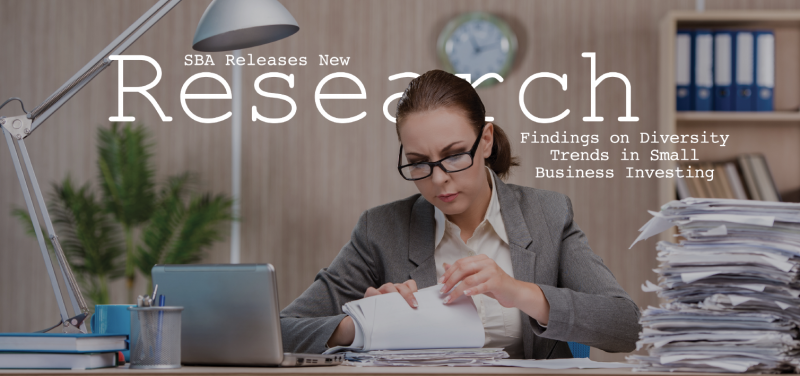
In October 2016, the U.S. Small Business Administration (SBA) issued a report, Measuring the Representation of Women and Minorities in the SBIC Program, revealing diversity-related trends in small business investing. In order to address the diversity of SBICs and portfolio company program participants, the SBA approached the Library of Congress’s Federal Research Division with the following inquiries:
- How diverse are SBICs in terms of having women and/or ethnic or racial minorities in leadership positions?
2. Are racially diverse SBICs more likely to invest in small businesses led or owned by women and/or ethnic or racial minorities?
3. Are gender-diverse SBICs more likely to invest in small businesses led or owned by women and/or ethnic or racial minorities?
4. How do SBICs led by women and/or ethnic or racial minorities compare in terms of investment performance to non-diverse SBICs?
5. Are diverse SBICs more likely to invest in low and moderate income (LMI) communities?

 Login
Login



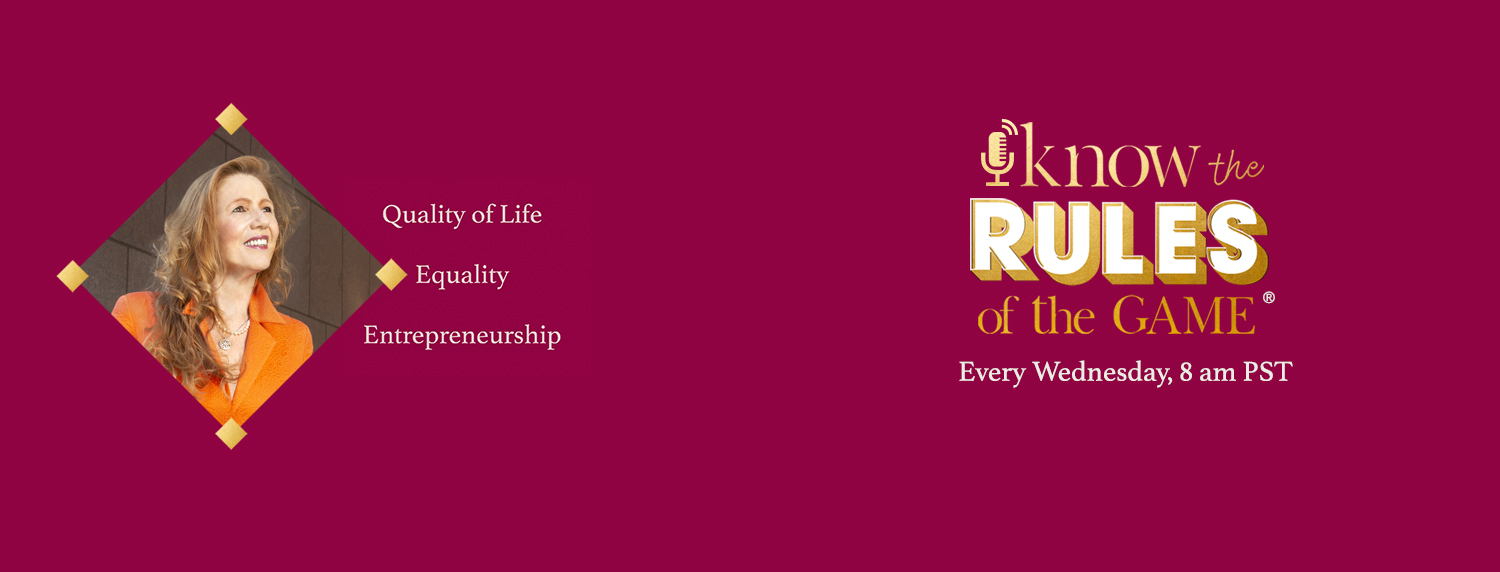
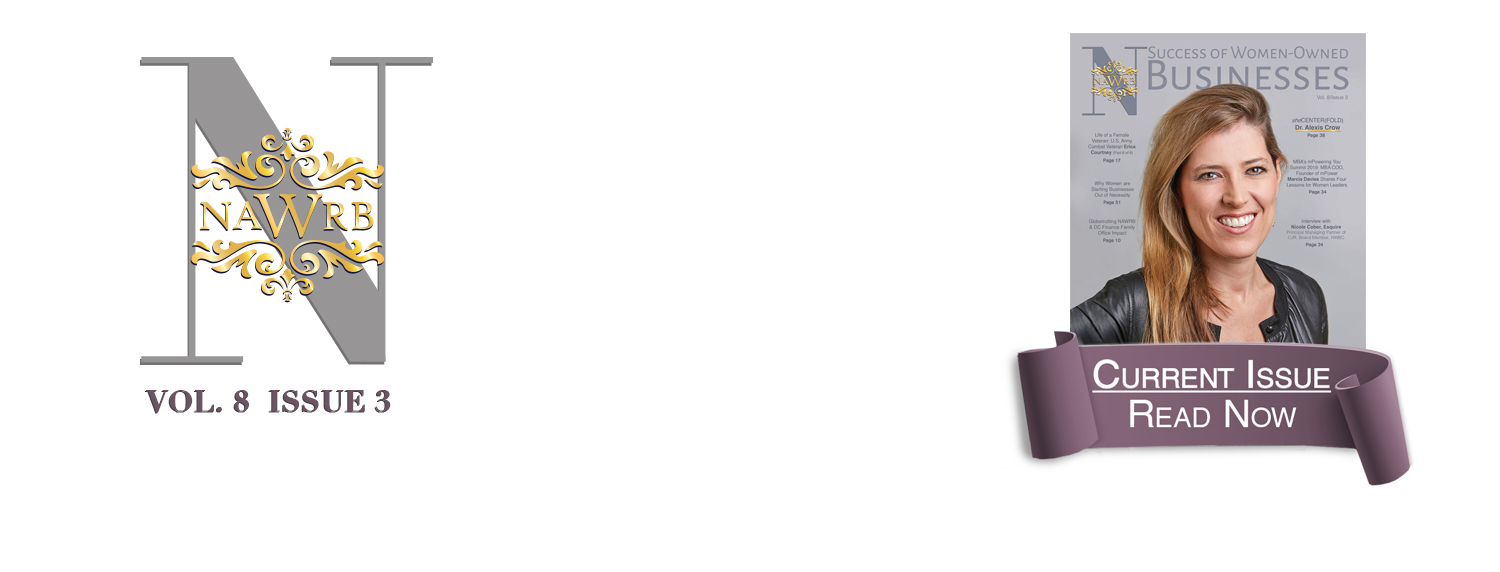
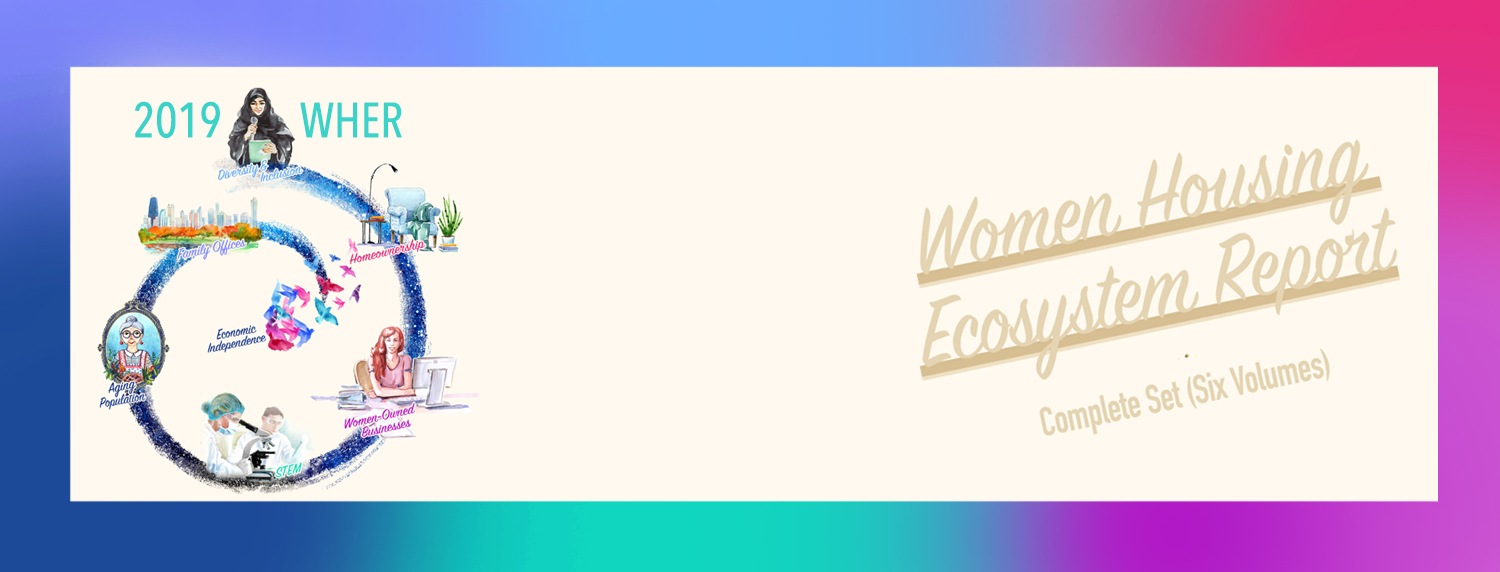



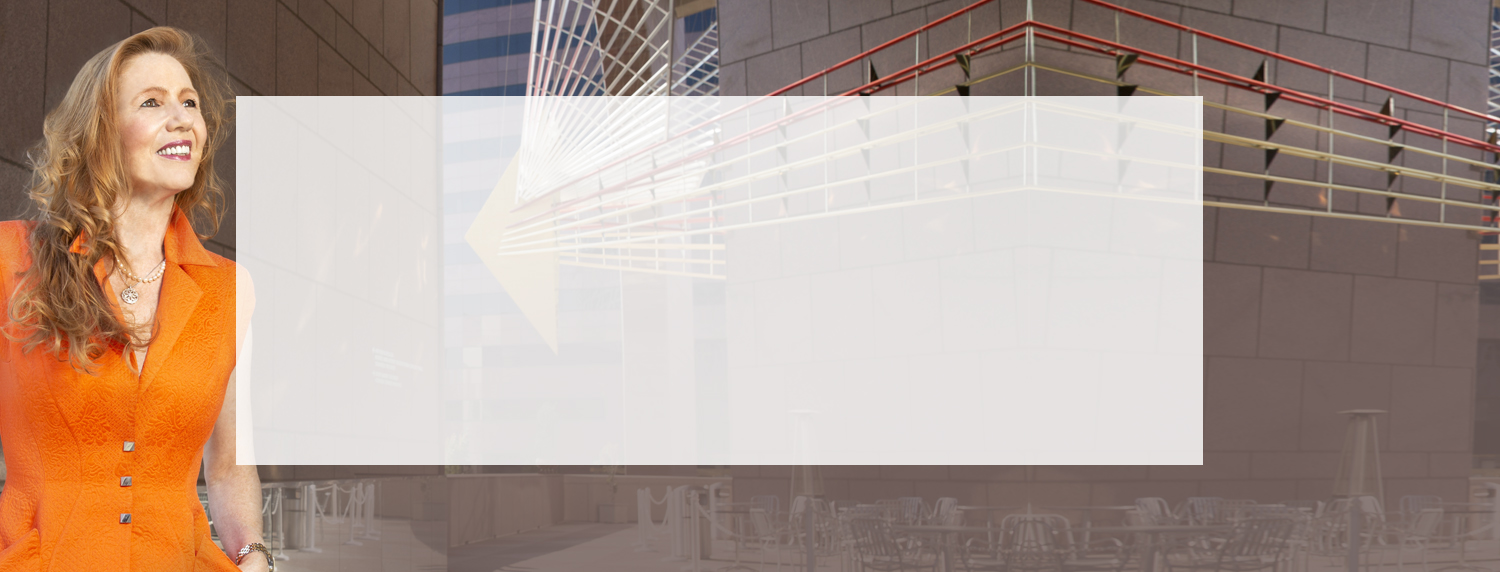



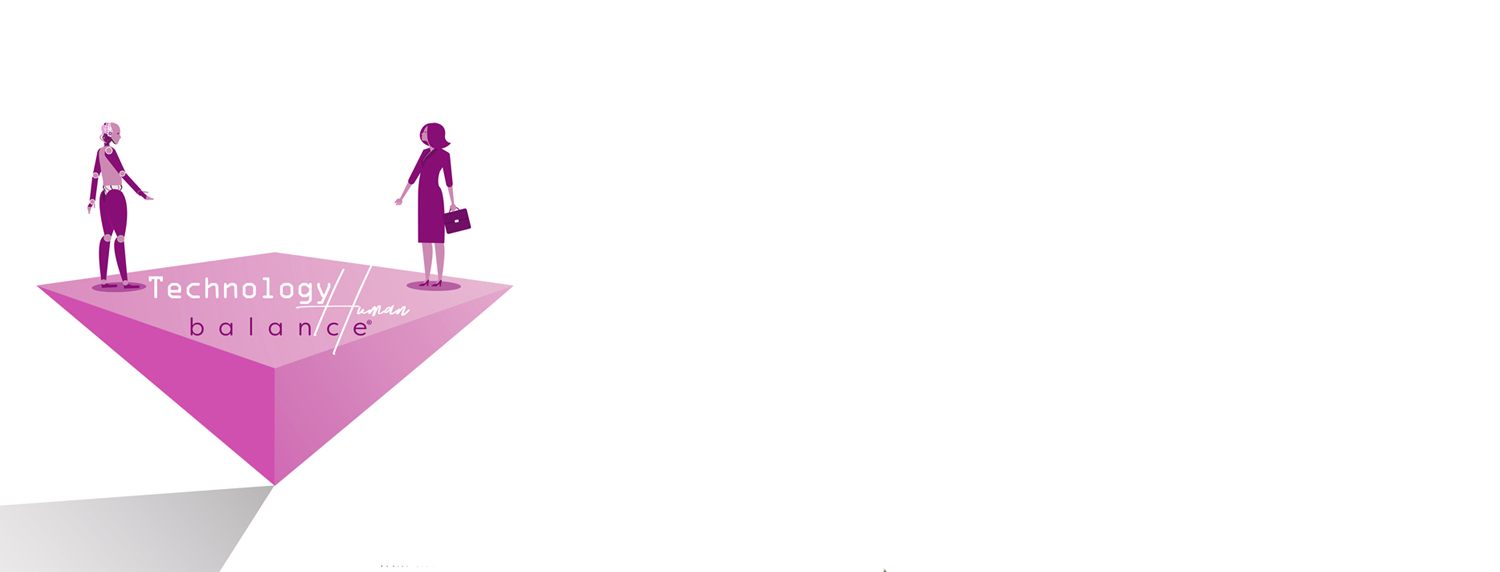




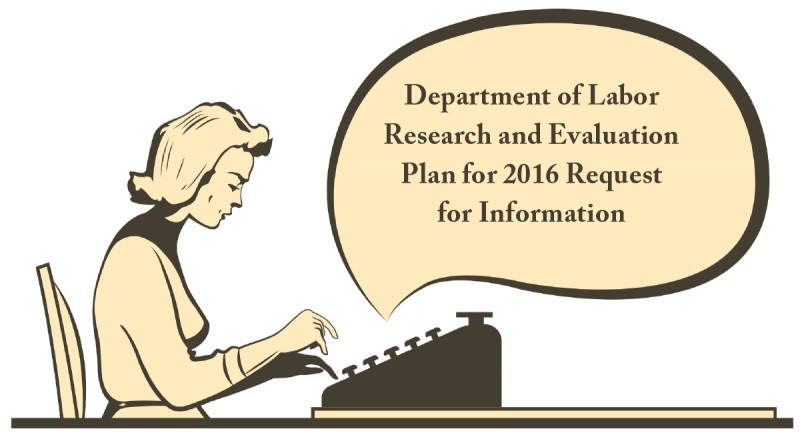
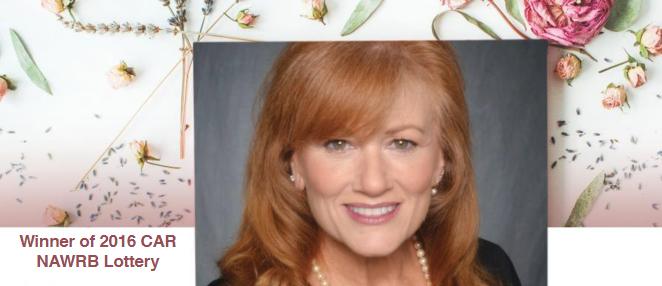
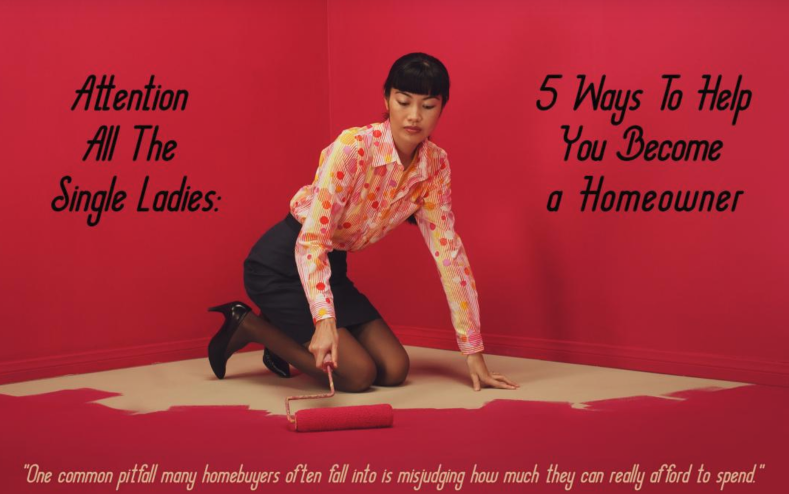

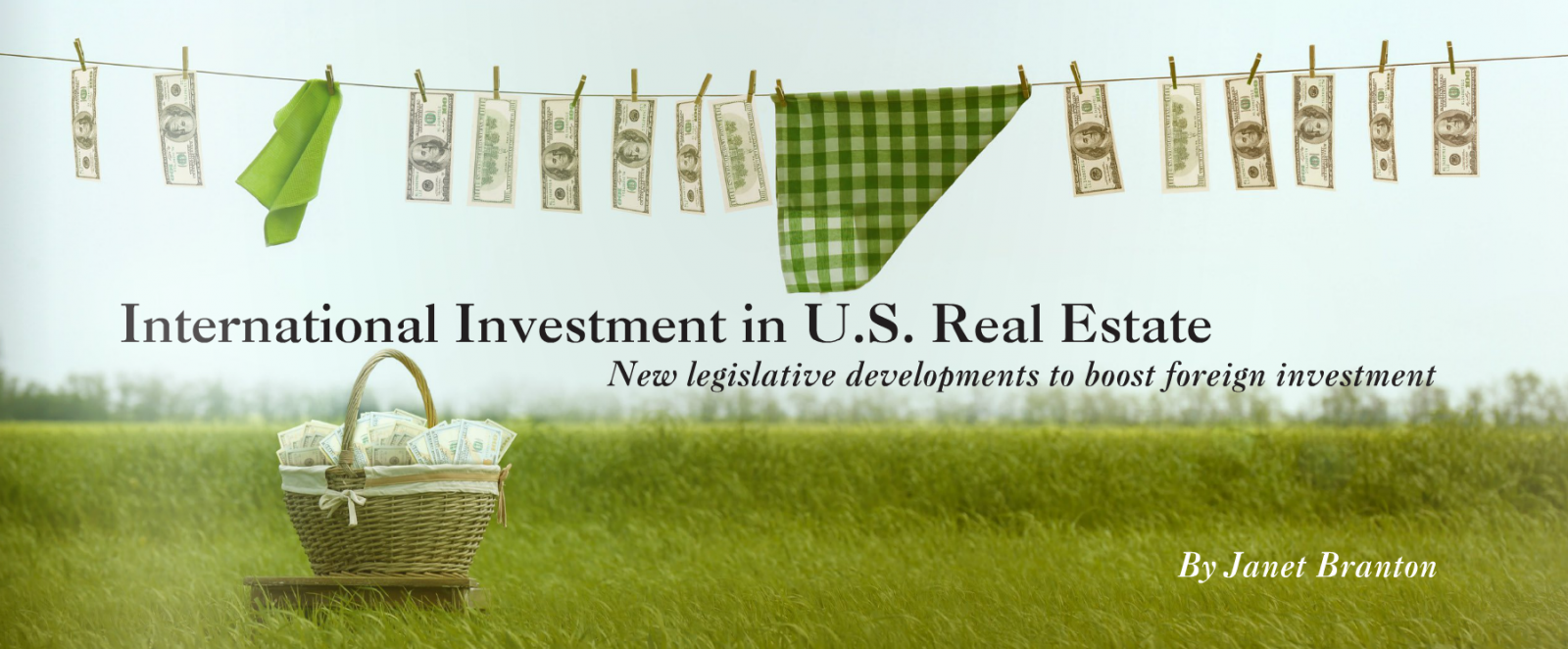
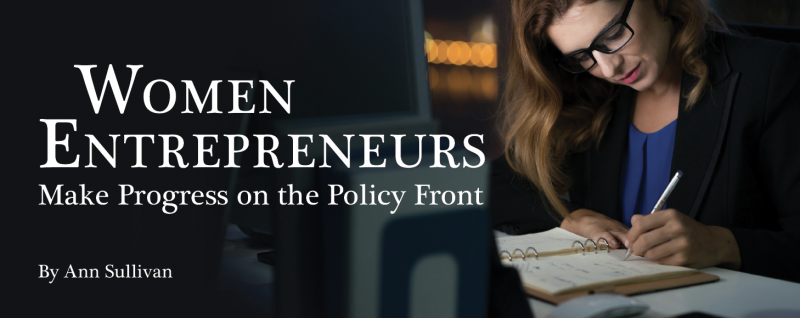
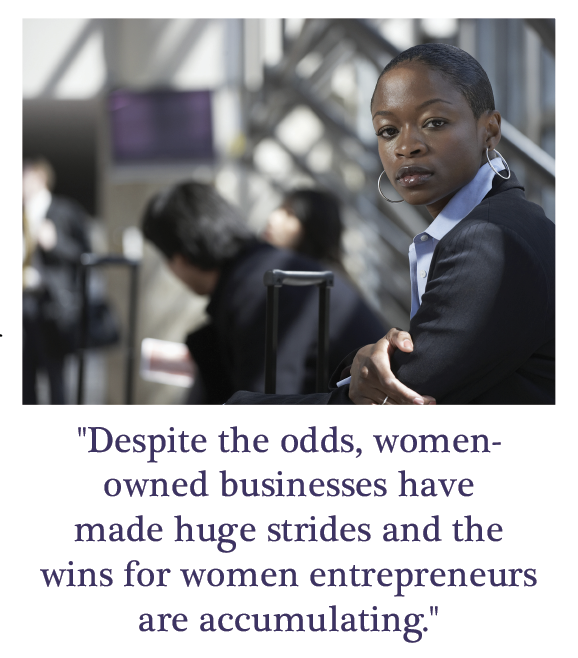
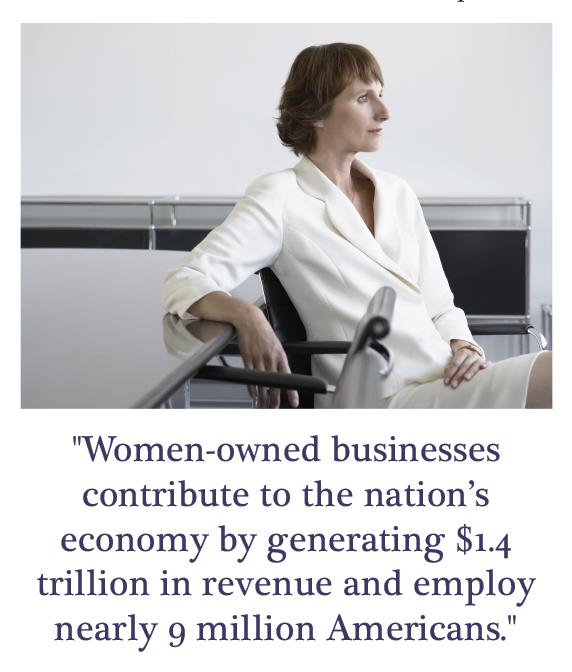

 The state of gender equality remains dismal in the United States, as it always has been. From Fortune 500 boardrooms to poverty levels, gender imbalances touch and impact all aspects of women’s lives. It has been almost 30 years since women could get business loans without a male cosigner and yet, a majority of women continue to lack awareness of special programs and designations for which we have worked so hard to develop and implement to increase diversity spend for women.
The state of gender equality remains dismal in the United States, as it always has been. From Fortune 500 boardrooms to poverty levels, gender imbalances touch and impact all aspects of women’s lives. It has been almost 30 years since women could get business loans without a male cosigner and yet, a majority of women continue to lack awareness of special programs and designations for which we have worked so hard to develop and implement to increase diversity spend for women.
